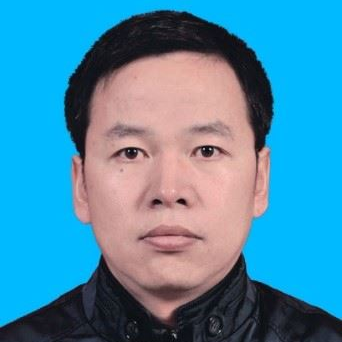Direct and Inverse Problems of Sound Scattering and Propagation in Underwater Acoustics
A special issue of Journal of Marine Science and Engineering (ISSN 2077-1312). This special issue belongs to the section "Physical Oceanography".
Deadline for manuscript submissions: closed (28 February 2024) | Viewed by 5078
Special Issue Editors
Interests: wave propagation; underwater acoustics; numerical simulation of waves in complex media; mathematical physics; asymptotic methods
Special Issues, Collections and Topics in MDPI journals
Interests: wave propagation theory; ocean acoustics; acoustical oceanography
Special Issues, Collections and Topics in MDPI journals
Interests: wave propagation theory; geo-acoustic inversion; ocean tomography; ambient noise
Special Issues, Collections and Topics in MDPI journals
Special Issue Information
Dear Colleagues,
This Special Issue aims to collect papers in the field of underwater acoustics that are presented at the Underwater Acoustics Conference and Exhibition 2023 (Kalamata, Greece). However, other authors working in this field are also welcome to submit their research. We particularly encourage submissions relating to theoretical and computational aspects of underwater acoustics in a very broad sense, including (but not limited to) mathematical approaches to underwater sound propagation, theoretical analysis of various physical phenomena (including 3D effects), as well as various techniques and approaches to the solution of inverse problems (e.g., geoacoustic inversion, ranging, and tomography methods).
As Guest Editors, we are committed to the fast-track peer-review of high-quality papers reporting new achievements in underwater acoustics and to arranging a collection of research items covering various aspects of the field of research.
Dr. Pavel Petrov
Prof. Dr. Boris Katsnelson
Prof. Dr. Zhenglin Li
Guest Editors
Manuscript Submission Information
Manuscripts should be submitted online at www.mdpi.com by registering and logging in to this website. Once you are registered, click here to go to the submission form. Manuscripts can be submitted until the deadline. All submissions that pass pre-check are peer-reviewed. Accepted papers will be published continuously in the journal (as soon as accepted) and will be listed together on the special issue website. Research articles, review articles as well as short communications are invited. For planned papers, a title and short abstract (about 100 words) can be sent to the Editorial Office for announcement on this website.
Submitted manuscripts should not have been published previously, nor be under consideration for publication elsewhere (except conference proceedings papers). All manuscripts are thoroughly refereed through a single-blind peer-review process. A guide for authors and other relevant information for submission of manuscripts is available on the Instructions for Authors page. Journal of Marine Science and Engineering is an international peer-reviewed open access monthly journal published by MDPI.
Please visit the Instructions for Authors page before submitting a manuscript. The Article Processing Charge (APC) for publication in this open access journal is 2600 CHF (Swiss Francs). Submitted papers should be well formatted and use good English. Authors may use MDPI's English editing service prior to publication or during author revisions.
Keywords
- underwater acoustics
- sound propagation
- 3D modelling
- horizontal refraction
- parabolic equation
- normal modes
- geoacostic inversion
- acoustic tomography
- underwater sound channel
- geometric acoustics (GA)







